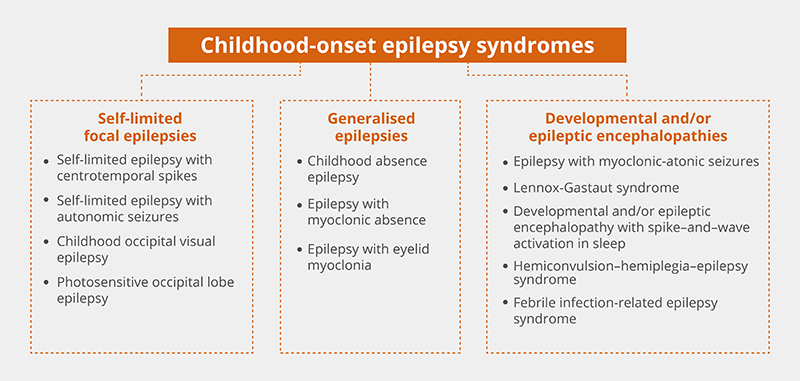Classifying Childhood-Onset Epilepsy Syndromes
The ILAE Task Force on Nosology and Definitions updates their 2017 guidelines for the classification of epilepsy syndromes that present in childhood
Background
The ILAE Task Force on Nosology and Definitions updates their 2017 guidelines for the classification of epilepsy syndromes that present in childhood
What this study addresses
The position paper, apart from standardising the nomenclature of childhood-onset epilepsy syndromes, specifies the clinical presentation, epidemiology, and diagnostic criteria (including EEG and imaging) of each syndrome, including the minimum criteria required for diagnosis in areas with a lack of resources.
Main findings
Childhood-onset epilepsy is classified into three wide groups: self-limited focal epilepsies (SeLFEs), genetic generalised epilepsies (GGEs), and developmental and/or epileptic encephalopathies (DEEs and/or EEs). These differ in terms of their epidemiology, clinical presentation, prognosis, and EEG and MRI features, and thus, treatment approach as well. The other pertinent changes suggested by this position paper are:
- Incorporating transparent, clinically descriptive terms instead of eponymous nomenclatures, and updation of nomenclatures based on new information
- Inclusion of certain syndromes that present with encephalopathies and epileptiform activity
Key takeaway
The updated classification could aid in identification and management of, predict the prognosis of, and achieve improved disease outcomes for epilepsy syndromes that present in childhood.
Figure: Classification of childhood-onset epilepsy syndromes along with their updated nomenclature

Manuscript information:
Published in: Epilepsia (2022), 1–45, https://doi.org/10.1111/epi.17241
Title: International League Against Epilepsy classification and definition of epilepsy syndromes with onset in childhood: Position paper by the ILAE Task Force on Nosology and Definitions
Authors: N. Specchio, E. Wirrell, I. Scheffer, et al.
Corresponding author: E. Wirrell, [email protected]